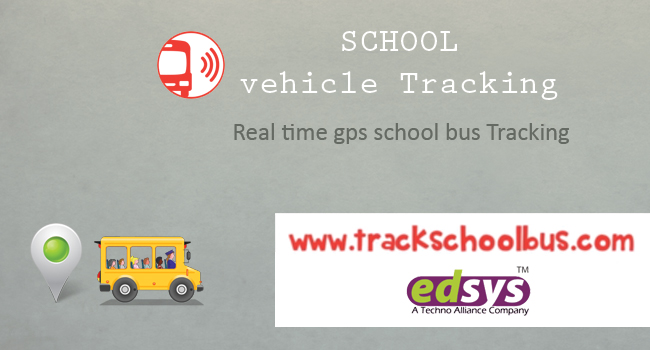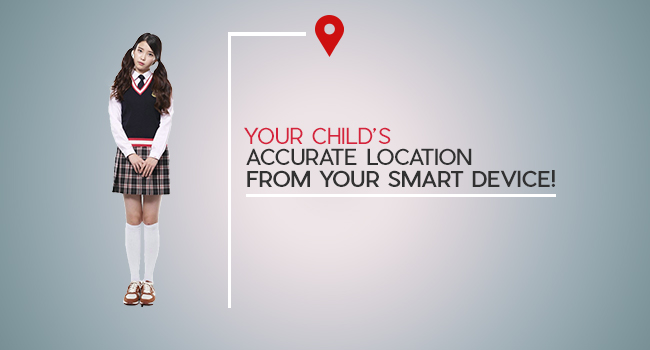School Bus Rules and Regulations in Australia
A child’s safety is always close to a parent’s mind. Especially when handing over the care of their child to someone else, as in the case of school fleets which carries thousands of children each day. That’s why it’s a comfort to know that children travelling by bus are in safe hands. For this reason the govt. of Australia specifies a set of rules and regulations to ensure the safety of children on road.
School Bus Requirements
In Australia, the majority of schools rely on public transport services to transit children to and from school. Still, there are specific standards that school fleets have to meet. Below described are the requirements and conditions that school fleets need to attain the standards
- The internationally accepted safe colour for school vehicles is yellow and the transportation department has adopted that colour for all school-owned fleets
- School buses are required to bear 40 km/h (25 mph) speed limit signs on their rear and to flashing yellow lights on the front and rear
- A school bus should have well-padded higher backed seats because they reduce fatalities by 20%
- Even though standing in coaches is not sensible, school fleets should implement hand support rails/hand-straps
- School buses should be clear off any protruding and hazardous tripping objects both inside and outside of the bus.
Australian school bus design is more focused on ensuring solid seats which do not fall apart or collapse in case of collision or sudden braking. But the survey conducted in 2003 showed that it would take a minimum of 20 years for the current school fleets to attain this standard.
But in these days both public and private Australian schools have transit style activity bus which even matches the school colours but more commonly with logo and name in front or side of the school bus.
Seat Belts
The normal school bus seats have been replaced with seat fitted with belts. Even though the current legislation does not require children to use seat belts in the school bus, but DECD foresees the students to start wearing them with safety in mind.
Booster Seats
Parents can install booster seats for their children if it is not safe for their children to wear seat belts while travelling (i.e., seat belt cuts across their throat). Parents can supply booster seats which meet Australian Design specifications.
Seating Positions
School buses which do not provide seat belts for children should employ double seats which are not less than 860mm in width, ensuring that
- The distance between the seat backs should not be greater than 100mm
- The space between should seat cushions should not go on over 50mm
- When three children occupy the space the seat back should remain in the upright position
First Aid Kits
First aid kits should be employed on all school fleets, and school bus drivers have to ensure that the kit is stocked and is present at the bus all the time.
Fire Extinguishers
All school fleets are compelled to carry fire extinguishers in Australia. A fire extinguisher which describes how to use it should be placed in a manner which is visible to everyone and ready to use.
Curtains & Tinted Windows
School buses are not given curtains that block the back view of the bus drivers. The windows of the school fleets should not have artificial tinting or stick on material, putting up curtains and tinted windows should be under permitted circumstances may be hazardous to the school trip.
Luggage Storage
Luggage racks should be installed in every school fleets and students should be advised to place their bag and other study equipment in the luggage rack. Other than study equipment luggage racks should not be used to carry other items that
School Bus Driver Requirements
In Australia for driving a school bus one should have a driving license of class code MR or HR (Medium Rigid or Heavy Rigid). A license with MR or HR class code can drive a bus or truck weighing over 8t GVM with more than 2 axles.
Driver Responsibilities
School bus drivers are in charge of the students while they’re in motion, but they are not allowed to carry out any strict disciplinary measure as punishment for bad conduct inside the measures.
- Drivers should always follow the rules established by the Road Traffic Act and should be courteous to other road users.
- Bus drivers are in charge of bus maintenance and parking. They should keep the fleets assigned to them safe for transporting peers safely every day.
Even though the school buses attain these requirements, without keeping proper conduct while travelling the above-stated rules will all go to waste.
Parents and guardians are in charge of students before and after school trips and they should teach their children about the behaviour they have to keep inside the school bus and the bus driver.
By the school buses satisfying the standards and the students following the rules, everyone can enjoy a secure and prosperous journey.
By the school buses satisfying the standards and the students following the rules, everyone can enjoy a secure and prosperous journey.
Copyrights 2023, Trackschoolbus. All rights reserved. Privacy Policy Digital Marketing by JointViews









